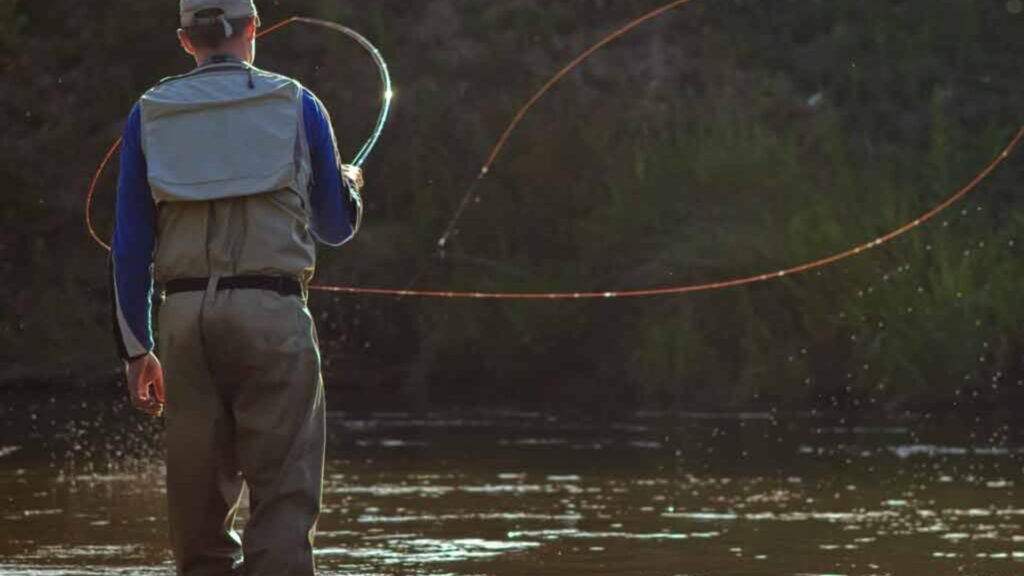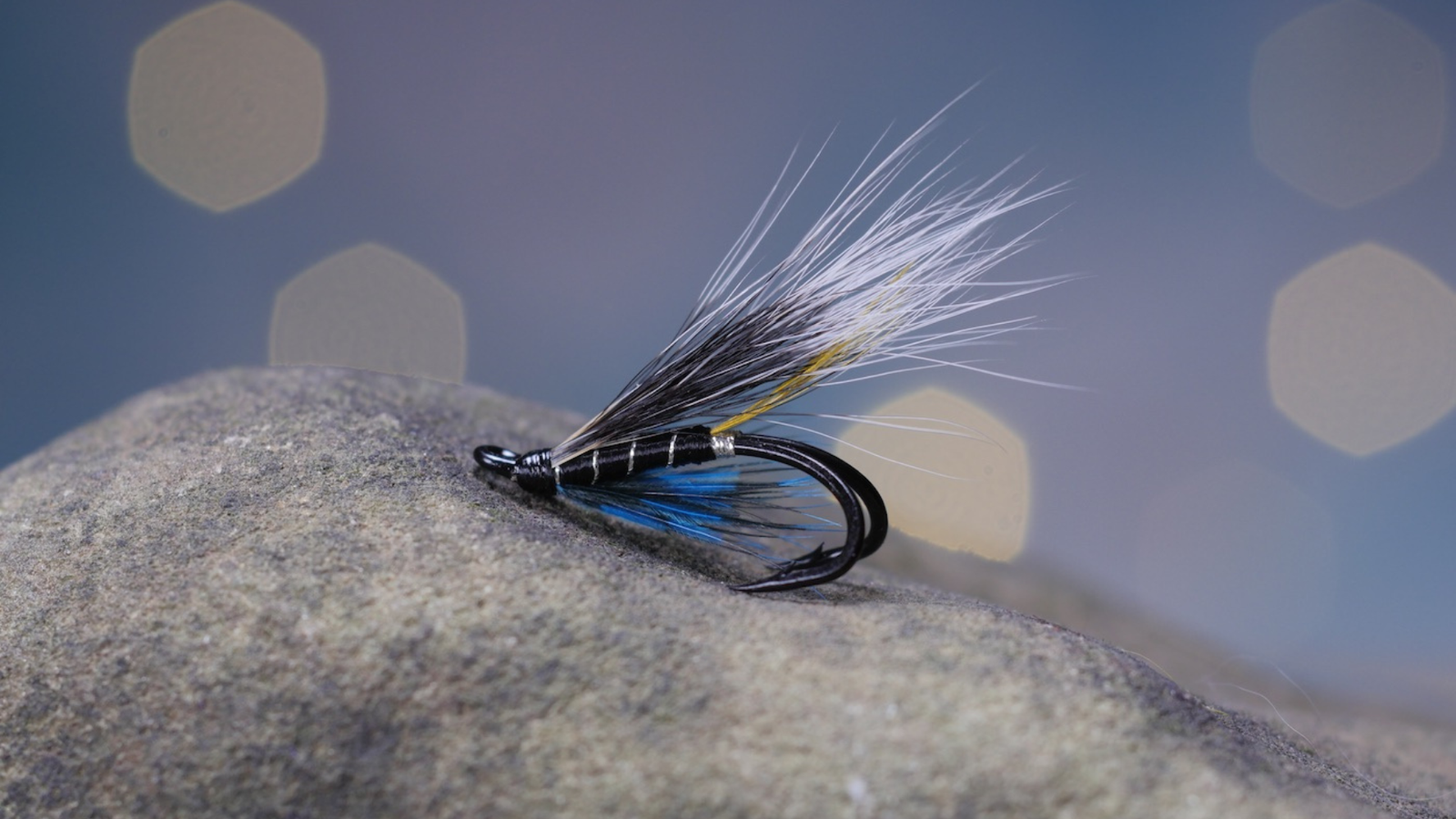Mastering the art of casting is essential for successful salmon fly fishing. Whether you’re a beginner or looking to refine your skills, honing your casting technique can make a significant difference in your fishing experience. Here, we explore valuable tips to help you cast more accurately, efficiently, and with greater control.

Tips for Improving Your Salmon Fly Casting Technique
-
Rod Selection
- Choose a rod that matches the size of the flies and the type of water you’ll be fishing in.
- Opt for rods with medium to fast action for better casting performance.
-
Practice with Different Lines
- Experiment with different fly lines to understand their weight and how they affect casting.
- Practice casting with floating, sinking, and intermediate lines to adapt to various fishing conditions.
-
Learn Roll Casting
- Master roll casting for situations where backcasting space is limited or obstructed.
- Practice rolling the line out on the water’s surface to minimize disturbance and present the fly gently.
-
Use Proper Wading Techniques
- Practice wading efficiently to maintain balance and stability during casting.
- Avoid noisy movements that could startle fish and disturb your fishing spot.
-
Study Fish Behavior
- Learn about salmon feeding habits and movement patterns to anticipate where they’ll be.
- Adjust your casting technique to target specific areas where fish are likely to congregate.
-
Utilize Shooting Head Systems
- Experiment with shooting heads to achieve longer casts with minimal effort.
- Practice shooting lines efficiently to maximize casting distance and accuracy.
-
Video Analysis
- Record your casting sessions and analyze them to identify areas for improvement.
- Seek feedback from experienced anglers or instructors to refine your technique further.
-
Practice in Different Conditions
- Practice casting in various weather conditions, such as wind and rain, to adapt your technique.
- Develop strategies to handle adverse conditions while maintaining casting accuracy.
-
Work on Timing and Rhythm
- Focus on the timing of your cast to achieve optimal presentation of the fly.
- Develop a smooth casting rhythm to minimize line disturbance and improve accuracy.
-
Use Proper Grip and Control
- Ensure a firm but relaxed grip on the rod to maintain control during casting.
- Practice controlling the rod tip to direct the line and fly accurately to target areas.
-
Stay Patient and Persistent
- Understand that mastering casting technique takes time and practice.
- Stay patient and persistent in refining your skills to become a more effective angler.
Conclusion
Mastering the art of salmon fly casting is a journey of continuous improvement and dedication. By implementing these tips into your practice routine, you can enhance your casting accuracy, distance, and overall effectiveness in salmon fly fishing. Remember, each aspect of your technique—from rod selection to timing and rhythm—plays a crucial role in achieving successful casts. Stay committed to refining your skills, and enjoy the rewards of a more rewarding fishing experience on the water.




